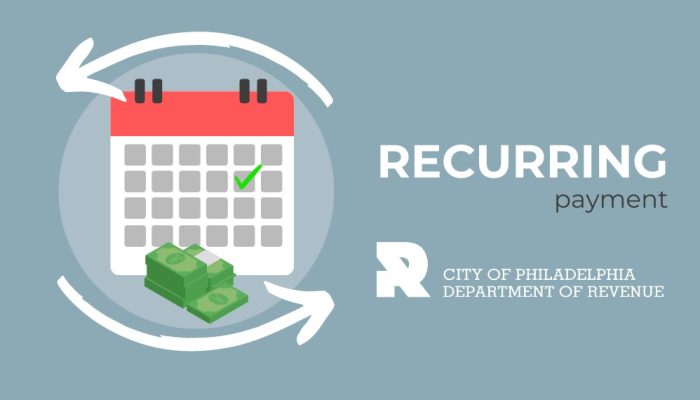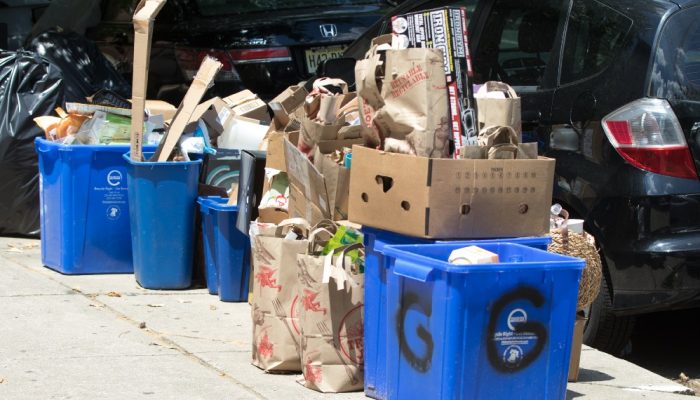The Philadelphia Department of Revenue has published its Fiscal Year 2019 Annual Report. Covering the period between July 2018 and June 2019, the report:
- Shows the amount of money the City collected through taxes, water bills and other fees.
- Includes the dollar sums spent on tax and water assistance programs.
- Provides tax delinquency figures.
- Lists the strategies used to increase on-time collection and recover debts.
- Describes technology adoption and communications plans that improved services to the public.
The 27-page document includes hundreds of figures, but we’re highlighting five in this blog post. The figures below reveal where Revenue spent its energy during FY19, but also where it will invest it in years to come.
96.4% – Preliminary reports show that in Fiscal Year 2019, Revenue set another historic high for the collection of Real Estate Taxes in the year they were due. Smart enforcement strategies, homeowner assistance programs, and frequent mailings contributed to this record.
$150 million – Working with City Council and other partners, Revenue expanded tax assistance programs for Philly’s most vulnerable families. Tax relief grew by $40 million compared to Fiscal Year 2018.
45,000 people – This is the number of households that benefited from some form of water bill assistance. FY19 was marked by a renewed emphasis on in-person outreach. Revenue attended more than 300 community events across the city. When possible, staff signed up neighbors for assistance on the spot.
$84 million – While increasing on-time collection, Revenue was busy recovering delinquent debt too. In FY19 the Department collected more than $84 million in back Business Income & Receipts Tax (BIRT), Liquor Tax, and other non-Real Estate Tax. Data-driven analysis and collection was –and will continue to be– at the center of Revenue’s efforts.
> 30 years – Revenue accomplished a lot in 12 months, but progress is often limited by a tax system of record that is more than 30 years old. FY19 was also marked by the start of a process to build a new integrated tax system. Still several years away, it will provide new information-management tools and self-service customer features that the Department will need to fulfill its mission.
Photo credit: bobglennan / Flickr




